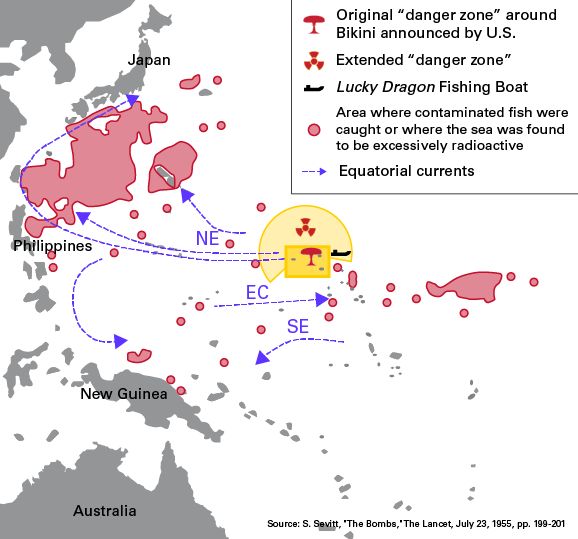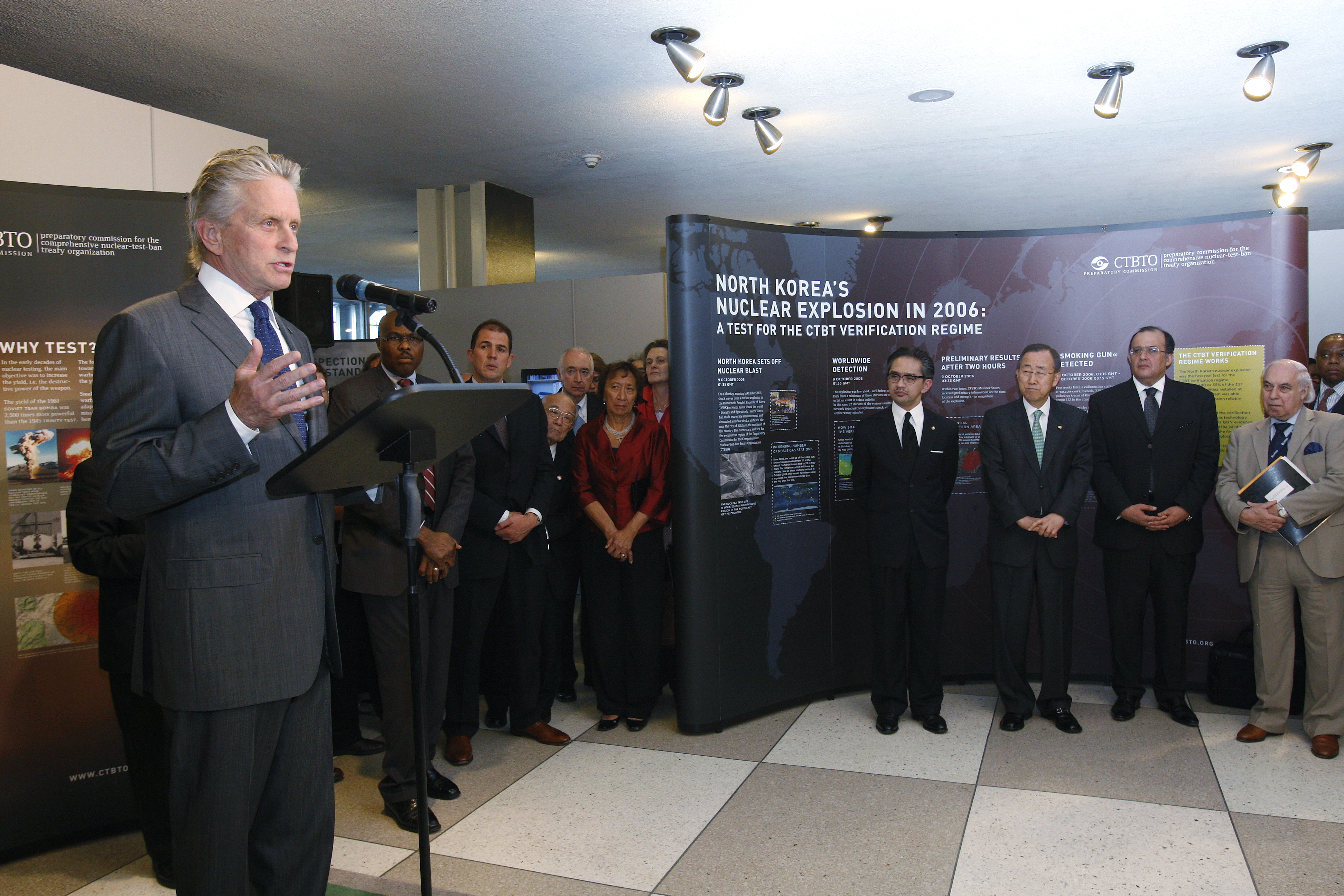Costs and Consequences: The Iran Debate that Needs to Happen
On the radar: What if we use military force against Iran; No to containment, yes to ambiguity; CR drops CMRR; Pentagon takeover of NNSA security; Making China’s Nuclear War Plan; How China stores its missiles; and Ending the Kiwi nuclear standoff.
On the radar: What if we use military force against Iran; No to containment, yes to ambiguity; CR drops CMRR; Pentagon takeover of NNSA security; Making China’s Nuclear War Plan; How China stores its missiles; and Ending the Kiwi nuclear standoff.
September 24, 2012 | Edited by Benjamin Loehrke
Costs - Talk of striking Iran gets a lot of discussion in presidential campaign season, but very little of that talk debates the costs of using force against Iran. Albert Hunt of Bloomberg fills in this lacuna with a summary of the recent report from the Iran Project, which is endorsed by a high-level group of more than 30 former U.S. officials and national security experts.
--The report notes that strikes on Iran’s nuclear facilities could delay Iran’s program by 2-4 years, but it could ignite a war and damage U.S. regional interests.
--From the report: “The failure to attack and the decision to attack both could have some negative reputational consequences. The challenge then would be to determine which of those consequences are most probable, important and lasting.” Hunt suggests that the presidential candidates attempt to address that challenge. http://nyti.ms/OlMggD
What if? - What would happen in Washington if Israel were to launch a unilateral strike on Iran? Karim Sadjadpour and Blake Hounshell imagine the first 12 hours of crisis and White House conference calls for the The Washington Post. http://wapo.st/OWEdBd
Definitions matter - Over the weekend, the Senate passed (90-1) a nonbinding resolution rejecting any policy of containing a nuclear-capable Iran. As Ben Armbruster at Think Progress notes, the resolution neglected to define “nuclear” and “capable.” This is “dangerously vague,” says Armbruster, as it allows lawmakers great leeway to lower the threshold for military action. http://bit.ly/OlN2KE
Welcome to Early Warning - Subscribe to our morning email or follow us on twitter.
--Have a tip? Email earlywarning@ploughshares.org. Want to support this work? Click here.
CMRR - In approving the six-month Continuing Resolution, Congress effectively cancelled plans for a $6 billion nuclear weapons facility - the Chemistry and Metallurgy Research Replacement (CMRR) facility. “This will be seen in this country and beyond as a sign that the tide is turning against unlimited funding for nuclear weapons,” writes Joe Cirincione at the Ploughshares Fund blog. http://bit.ly/SgtGkU
Send in the troops? - Based on the recent security failure at the Y12 nuclear weapons facility, Rep. Michael Turner (R-OH) believes NNSA and DOE “are incapable of providing the level of security necessary for our nuclear weapons facilities.” Rep. Turner and six co-sponsors are moving a bill that would put the Pentagon in charge of protecting nuclear weapons facilities. Roberta Rampton in Reuters has the story. http://reut.rs/SgG0kZ
Event - Acting Undersecretary of State Rose Gottemoeller talks on “The Last U.S. Nuclear Test – 20 Years Later: Status and Prospects for the Comprehensive Test Ban Treaty.”
--Wednesday Sept. 26 from 12:30-1:30 at the American Security Project. RSVP here. http://bit.ly/OA5iML
Nuclear smugglers - “Moldova says it detains uranium dealers from rebel region” from Reuters. http://reut.rs/PRa2hl
Report - “Making China’s Nuclear War Plan” by John Lewis and Xue Litai in The Bulletin.
--Abstract: The authors seek to answer, “How did conventional missiles change nuclear strategy, the organization of the combined conventional-nuclear missile forces for both deterrence and combat, and the relationship of the Second Artillery to the other military commands?” http://bit.ly/PB497Z
Co-located - China stores its nuclear and conventional missiles at the same locations, according to the above report on China’s nuclear war plans. Danger Room discusses the possible causes and risks of this aspect of China’s strategy with John Lewis, Jeffrey Lewis, and Amb. James Dobbins. http://bit.ly/UybA4e
Tweet - @StrobeTalbott: Pleased to welcome Brookings Distinguished Fellow @javiersolana back to DC. Worth a read - his latest @ProSyn piece: http://bit.ly/TqvPl4
Short stack - Using stacked AN/TPY-2 radars to increase missile defense capabilities, as suggested by the recent National Academy of Sciences report on missile defense, would fall short of the power requirements needed by almost two orders of magnitude. George Lewis at Mostly Missile Defense runs through the radar equations. http://bit.ly/VxyeHY
USAF’s nuclear chief - The nuclear mission did not always have its own advocate at Air Force headquarters. As part of reforms taken after a B-52 mistakenly flew six warheads from North Dakota to Louisiana in 2008, the nuclear mission now has its own two-star flag officer at AF headquarters.
--“Establishing an assistant chief of staff dedicated to nuclear issues has given the nuclear community a seat at the table when it comes time to discuss the budget. Nuclear issues previously got folded under other portfolios,” writes Michael Hoffman at DoD Buzz. http://bit.ly/QtR0ze
Kiwi Detente - Secretary of Defense Leon Panetta helped defuse a historic nuclear standoff last week - with New Zealand. “We are embarking on a new course that will not let these differences stand in the way of greater engagement on security issues,” said Sec. Panetta. NPR has the story of the decades-old dispute and its coming resolution. http://n.pr/RWEZPy


